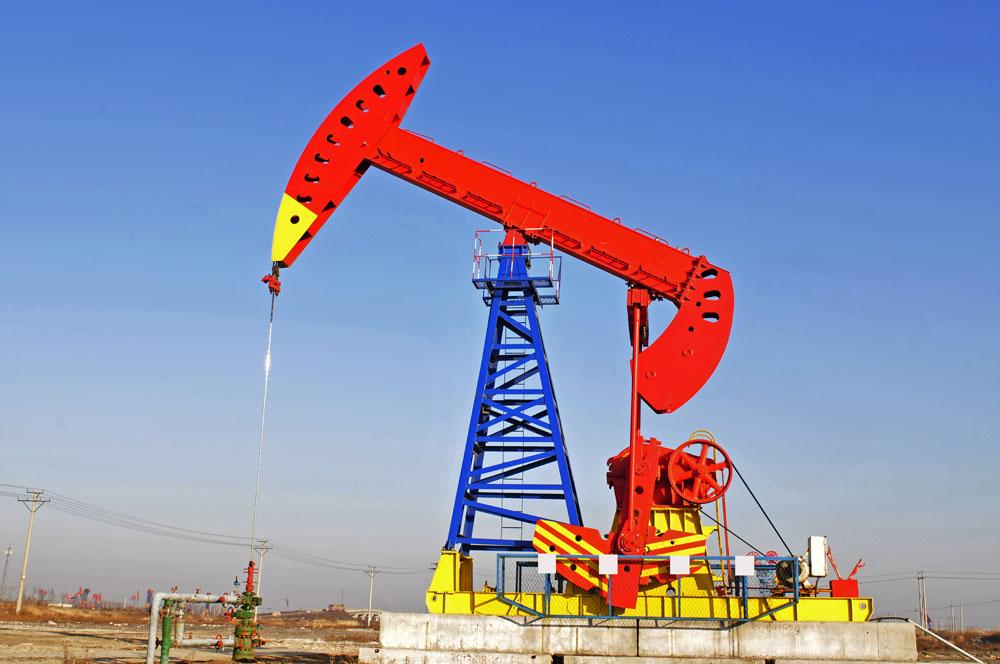Article Archive
Article Archive
- Introduction of Cement Slurry System (Part 1)
- Introduction of Cement Slurry System (Part 2)
- Introduction of Cement Slurry System (Part 3)
- Introduction of Cement Slurry System (Part 4)
- High Temperature and High Pressure Cementing Technology
- Low Density Cementing Slurry Technology
- Anti Gas Channeling Cementing Technology
- Drag Reducing Agents (DRA) or Drag Reducers (DR)
- Nitrogen Surfactant Compound Huff and Puff Technology
- Oil Washing Technology for Increasing Production
2. Research status and development direction of oil well cement toughening agent at home and abroad
After decades of research, many additives of oil well cement toughening agent have been developed at home and abroad, which can be roughly divided into three categories: fiber material, elastic particle material and latex material. These three kinds of materials are added to the oil well cement according to the appropriate proportion to form three cement slurry systems, namely fiber cement slurry system, elastic granular material filling cement slurry system and latex cement slurry system, which are aimed at improving the toughness and mechanical durability of cement paste. Through the research of scholars at home and abroad, these three kinds of toughening cement slurry systems have a good effect on improving the cementing cement sheath strength In order to effectively extend the production cycle of oil and gas wells, it is necessary to improve the deformation ability and prolong the life of cement stone. The following is a brief introduction of these cement slurry systems:
(1) Fiber cement slurry system
Fiber cement slurry system is to add a certain amount of long and short fibers (such as nylon fiber, wood fiber, glass fiber and synthetic fiber) into the past cement slurry system. The modified cement slurry system uses the fibers in the system to transfer the load when the cement stone is impacted, so as to reduce the stress concentration of the internal defects of the cement stone and make the cement stone have a certain toughness, so as to improve the quality of cement The macro performance is to improve the impact resistance of cement stone. Fiber cement has been used in the construction industry as early as the 1970s, the earliest of which is in reinforced concrete. With the progress of social science and technology, metal processing technology is becoming more and more mature, and the processing technology of organic fiber and inorganic fiber has also been well developed. Therefore, there are many kinds of different fiber types, different fiber lengths and different fiber types in the field of fiber cement Fiber cement stone with dimension section diameter. It is found that the improvement degree of mechanical properties of fiber cement paste mainly depends on the physical properties of cement and fiber and the bond strength between fiber and cement. When the matrix cement and fiber are determined, the bond strength between fiber and cement becomes the main factor determining the mechanical deformation ability of hardened cement paste.
(2) Latex cement slurry system
Latex is a general term used to describe a kind of emulsion polymerization products. This material is usually in the form of an emulsion suspension of very small spherical polymer particles. The particle size of polymer particles in latex is in the range of 0.05 ~ 0.5 μ M. A large number of monomers including styrene, vinyl chloride, polypropylene, vinyl acetate, ethylene and butadiene are prepared into industrial latex by emulsion polymerization. According to the different emulsifiers used in the synthesis of latex, emulsifiers can be divided into cationic, anionic and non-ionic types. Practical experience tells us that anionic latex is not suitable to be used as additive of oil well cement due to its lack of enough stability in cement slurry system, so we generally use cationic and non-ionic latex. The latex used or being used as cement admixture includes polystyrene, polyvinyl acetate, vinyl chloride vinyl chloride copolymer, chloroprene styrene copolymer, styrene butadiene copolymer and resin latex.
As early as the 1950s, latex cement slurry system was used in the cementing process abroad. In recent years, scholars in China have increasingly studied latex cement slurry system for cementing, but few of them can be applied in cementing engineering practice. Latex cement slurry system is a kind of polymer dispersion system, which has many excellent properties that other oil well cement lacks. For example, latex cement slurry system can not only effectively improve the mechanical properties of cement stone, improve its tensile strength and bending strength, but also reduce the filtration of cement slurry system, prevent oil well gas channeling and have strong control ability of free liquid There are many advantages.
Therefore, through the study of latex cement slurry system, the organic combination of slurry properties and mechanical properties after solidification of cement slurry system can not only improve the toughness of cement stone, but also improve the impact damage resistance and mechanical deformation ability, and can effectively solve the cementing quality problems (such as reducing cement slurry filtration, preventing gas channeling, etc.) and durability of wells with complex structure, So the life of oil well is prolonged.




